- General Surgery Instruments
- Orthopedic & Spine
- Neurosurgical
- Electrosurgical
- Non-Stick Bipolar Forceps
- European Irrigation Bipolar Forceps
- Monopolar Cables
- USA 2 Pin Bipolar Forceps
- European Non-Stick Bipolar Forceps
- Bipolar Artery Sealer
- Diathermy Instruments
- Bipolar Electrodes
- Disposable Bipolar Forceps
- Electrodes 4.0mm
- Electrosurgical For Gynecology
- European Bipolar Forceps
- Gynecology
- ENT
- Cardiovascular
Electrosurgical Instruments
High Precision in the Hands of Surgeons: Electrosurgical Tools by Surgivalley
Electrosurgical Instruments
Electrosurgical instruments are used in a range of surgical procedures that involve the application of electrical energy. In bipolar electrosurgery, the active electrodes not only perform the surgical task but also complete the electrical circuit directly at the site of the procedure. The tips of the forceps act as both the active and return electrodes keeping the electrical circuit contained within the tissue being held. Since one electrode functions as the return path, there is no need for a separate return electrode. Bipolar current is particularly effective for coagulation in wet environments, which is why it is often called ‘wet field’ cautery.
Forceps, resembling articulated tongs are indispensable tools for grasping and removing tissue as well as handling materials like gauze, sponges, and wipes. With a history spanning more than three thousand years, these instruments remain a cornerstone of modern surgery, offering unmatched precision and control that surpasses the natural dexterity of human fingers.
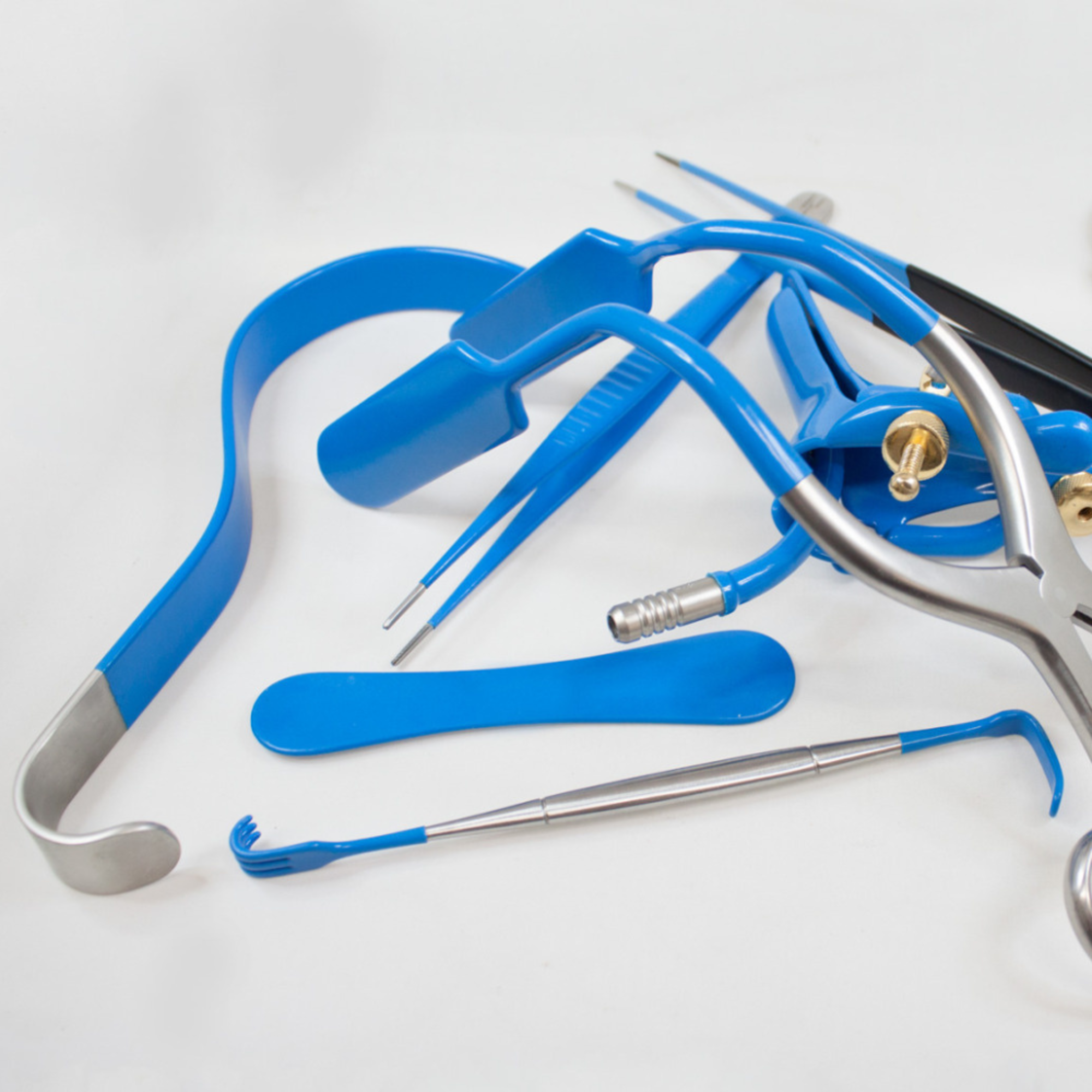
In monopolar electrosurgery, the active electrode directly contacts the surgical site or wound to perform the procedure. To safely return the electrical current, a return electrode also called a dispersive pad is positioned on the patient’s body. The electrical circuit is completed when the return electrode is linked to the active electrode, allowing the current to travel through the patient in a controlled manner. It is essential to guide the current safely away from the patient via the return electrode to prevent any harm. For optimal heat management, the return electrode should either have excellent conductivity or be large enough to effectively spread the heat over a wider area.
Uses of Electrosurgical Instruments
Electrosurgical instruments are used by surgeons to both cut and coagulate tissue during operations. These tools are connected to an electrosurgical unit that produces a high-frequency electrical current, delivered through an active electrode. This current enables precise cutting while simultaneously sealing blood vessels to control bleeding—an advantage that traditional scalpels cannot offer.
While highly effective, electrosurgery does carry certain risks. Potential injuries include electric shocks, burns, and other complications. Burns often occur at the site of the ECG (return or dispersive) electrode or on areas of the body in contact with the electrosurgical unit’s return pathway, such as the arm, chest, or leg. If sparks from the equipment come into contact with an oxidizing agent, they may ignite flammable materials. In some cases, such burns can lead to infections, which may prolong the patient’s recovery and hospital stay.
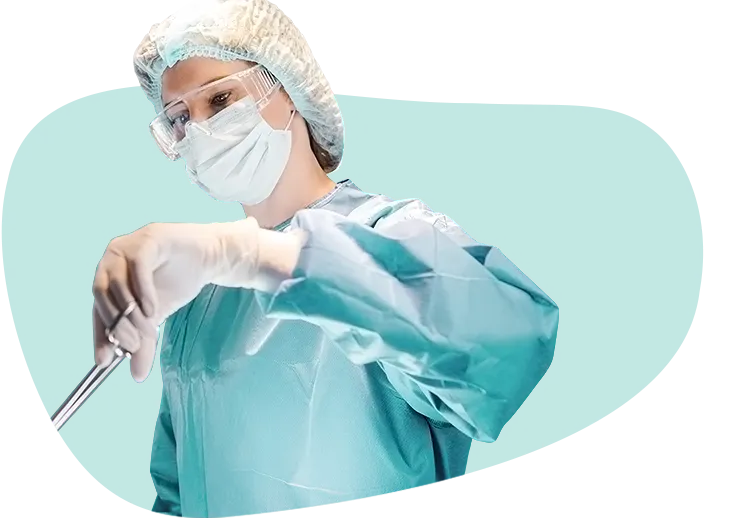
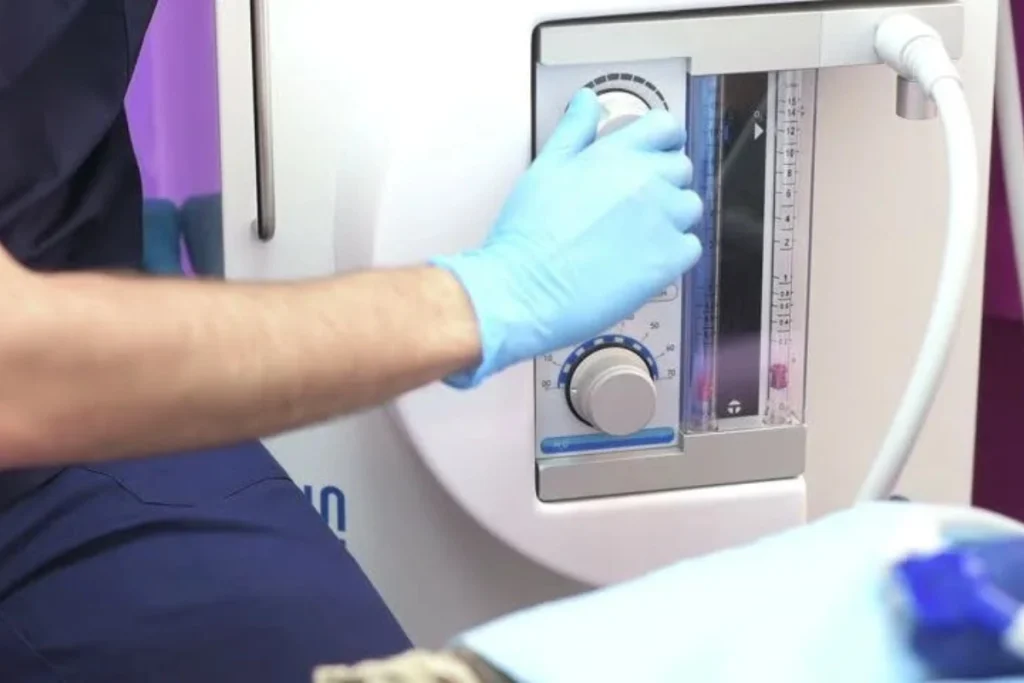
Smoke Control & Evacuation
Surgivalley’s smoke control and evacuation system is specially developed for use in operating rooms, surgical centers and medical offices, offering reliable protection for healthcare professionals and patients by effectively removing harmful surgical smoke from the environment.
Generators
Electrosurgical generators allow precise control of energy delivery to match the specific requirements of each surgical procedure. Surgivalley’s advanced generators are designed for versatility, making them suitable for a wide variety of treatments in both hospital settings and private medical practices.
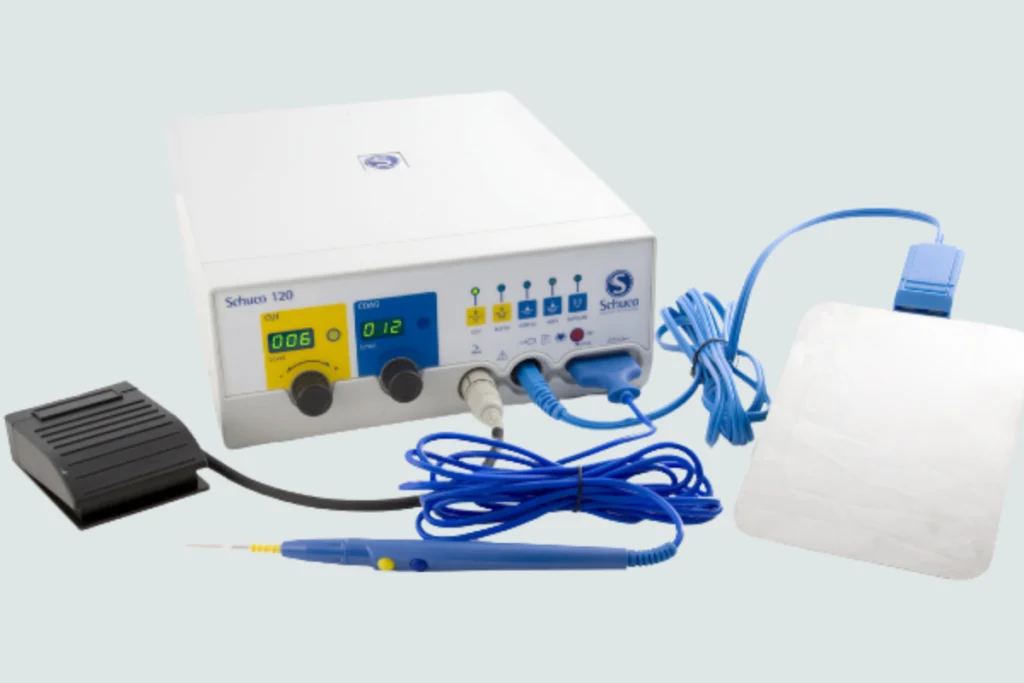
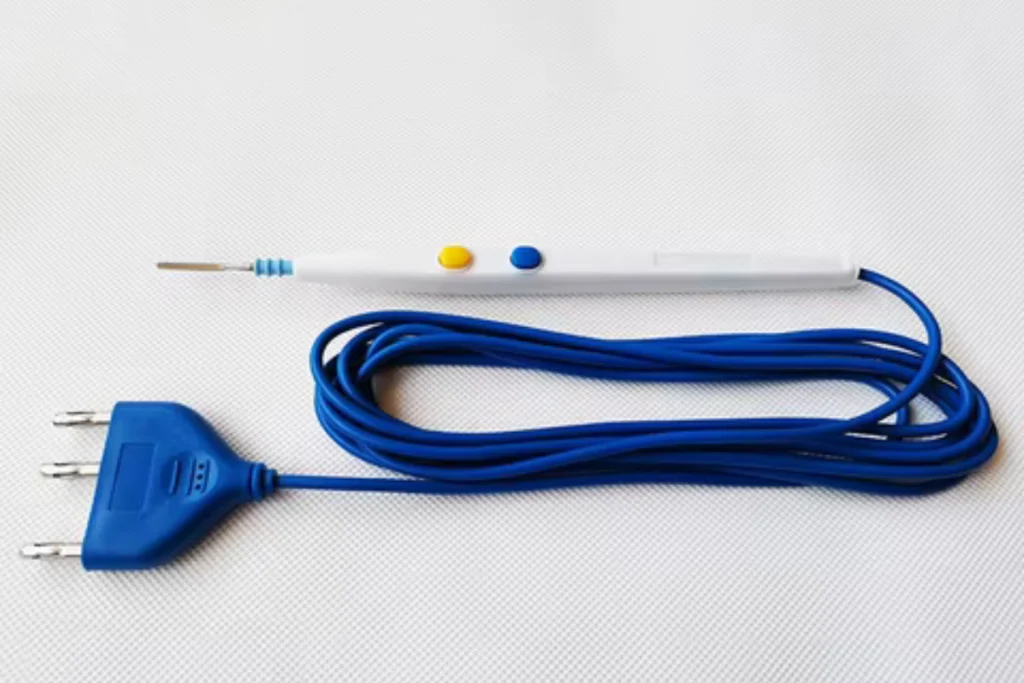
Electrosurgical Pad & Pencil
Surgivalley offers grounding pads and electrosurgical pencils in disposable and reusable options, with holsters, scratchpads and multiple activation styles for ease of use.
Cauteries
Surgivalley provides dependable battery operated cauteries designed for precise bleeding control and effective hemostasis. Our high-temperature models are suitable for a range of procedures, delivering both accuracy and efficiency.
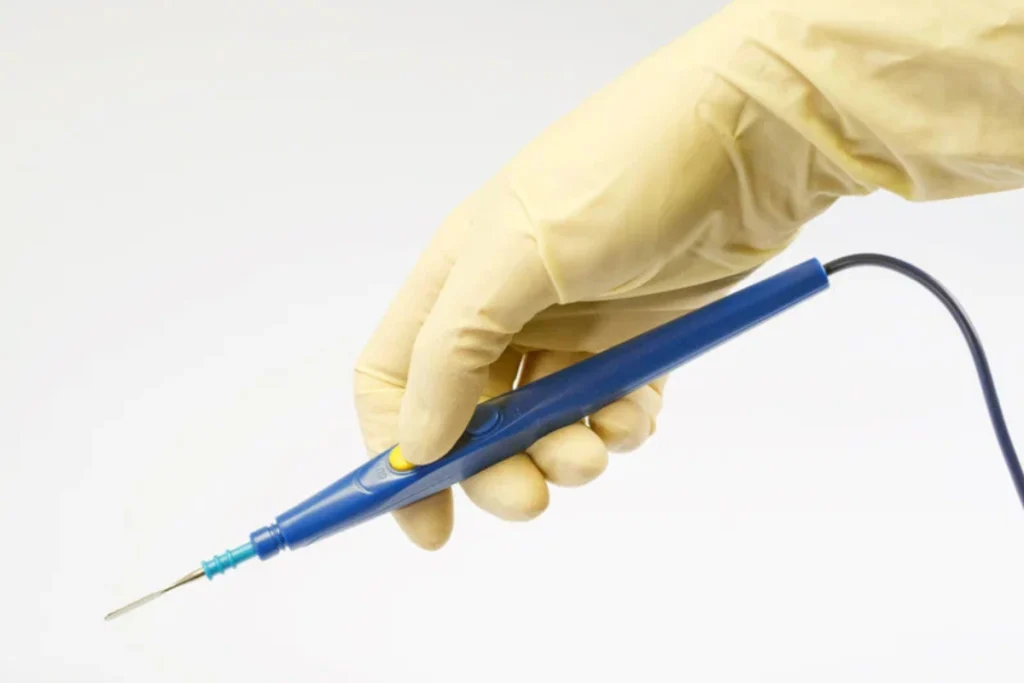
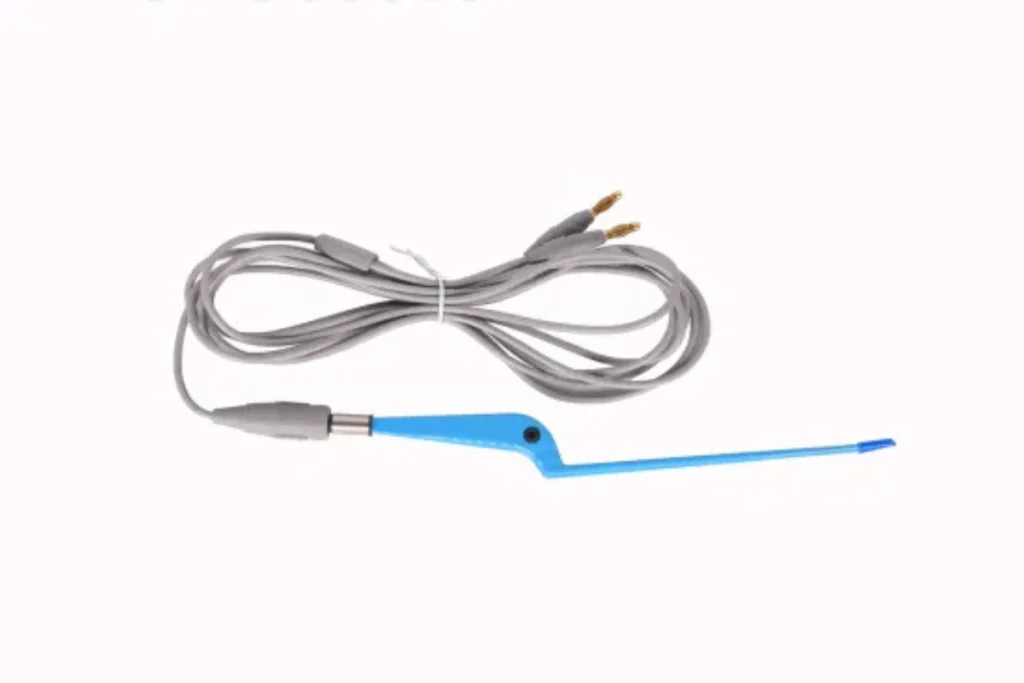
Two-Polar Forceps
Surgivalley offers a selection of high quality bipolar forceps from trusted manufacturers, including Precision Non-Stick Bifocal Forceps, Single-Stick Bipolar Forceps and durable reusable models for long-term use.
OTHER INSTRUMENTS FOR ELECTROSURGERY
In monopolar electrosurgery, the active electrode makes contact with the surgical site, while a return electrode (dispersive pad) completes the electrical circuit. Directing the current safely through the return electrode is essential for patient protection. To ensure proper heat dispersion, the return electrode should either have excellent conductivity or be large enough to distribute heat effectively.
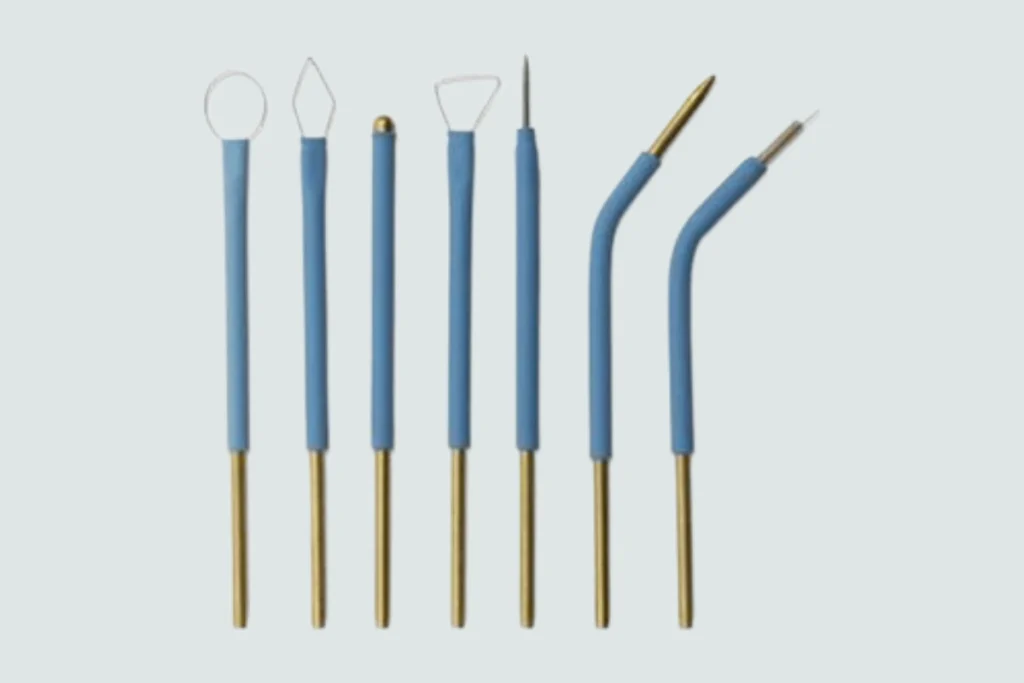
Electrodes
Electrodes form the working tips of electrosurgical instruments, making direct contact with the tissue. They are available in a range of shapes and sizes to match different surgical needs.
Suction coagulators
Suction coagulators are designed to clear blood and other fluids from the surgical area enhancing visibility for the surgeon and reducing the risk of infection.
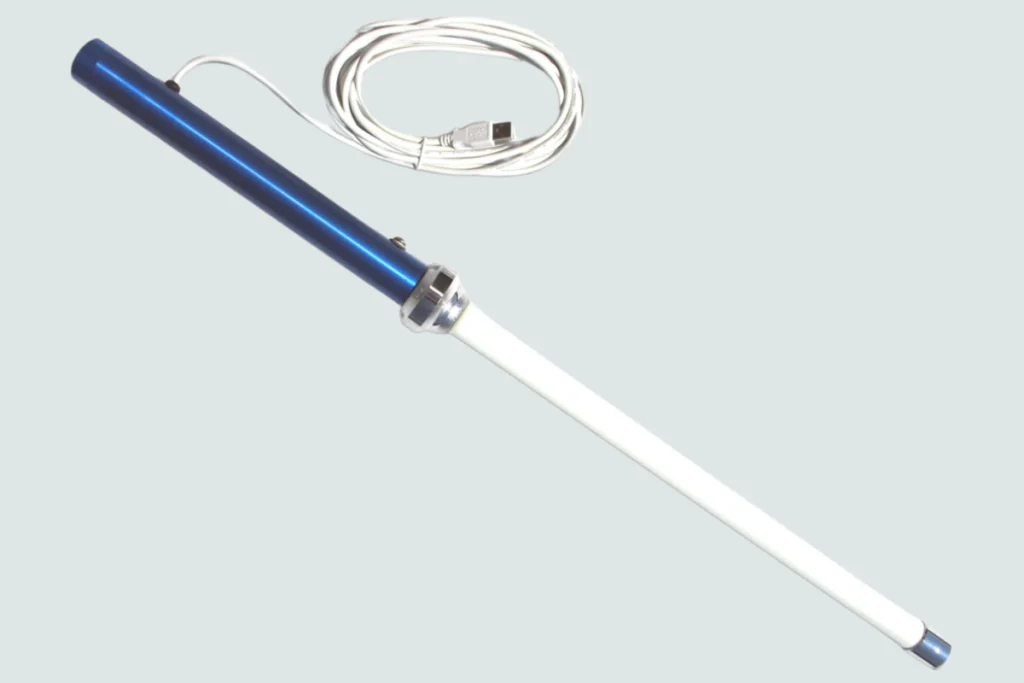
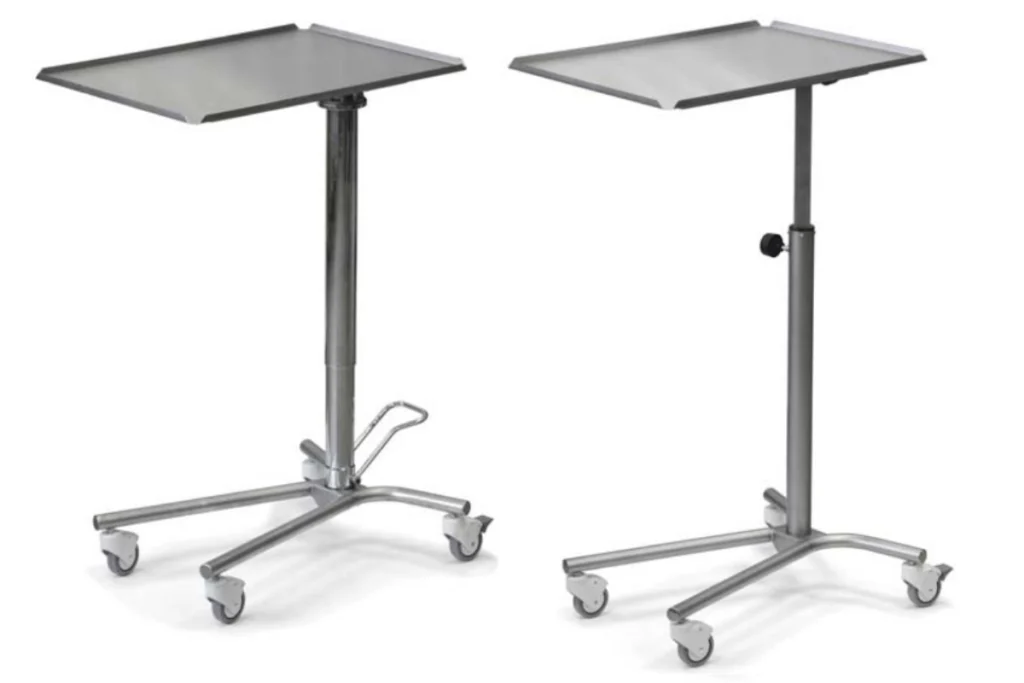
Stands
Stands are used to securely hold electrosurgical instruments and related equipment offered in different sizes and designs to accommodate the specific requirements of surgeons.
Footswitches
Footswitches allow surgeons to operate electrosurgical devices hands free, offering greater convenience and control during specific procedures.
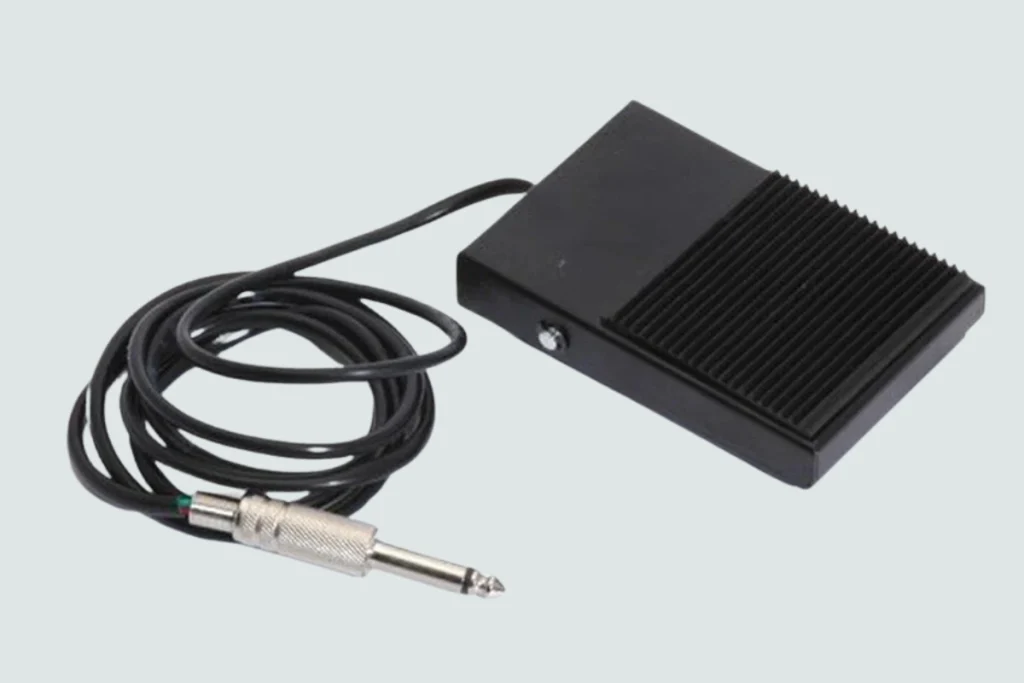
COMPLICATIONS OF ELECTROSURGICAL INSTRUMENTS
One potential risk of electrosurgical instruments is surgical fires which can result from prolonged oxygen exposure during procedures. To minimize burn hazards, electrode pads should be removed promptly after surgery, the site should be properly prepared, and return electrodes must be in good working condition. Burns are the second most common complication, often occurring when the active electrode accidentally touches tissue outside the intended surgical area.


